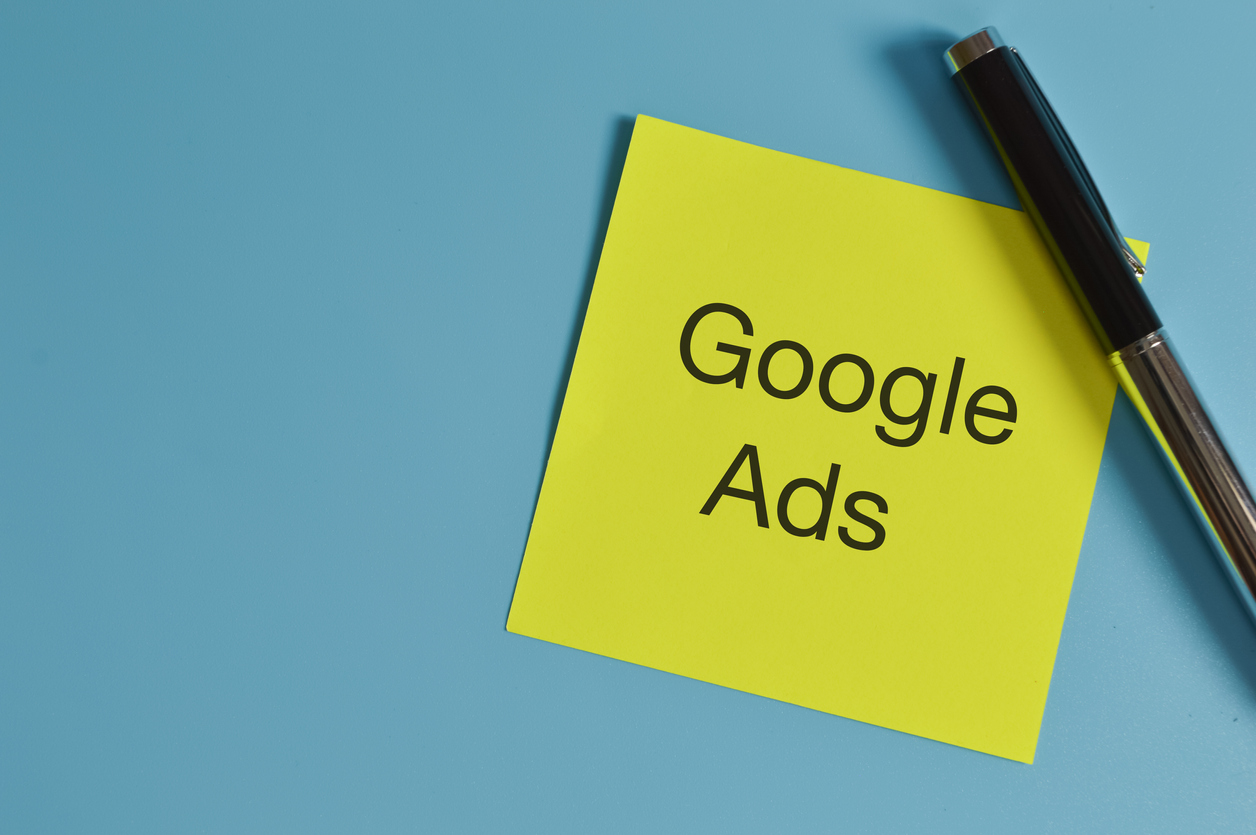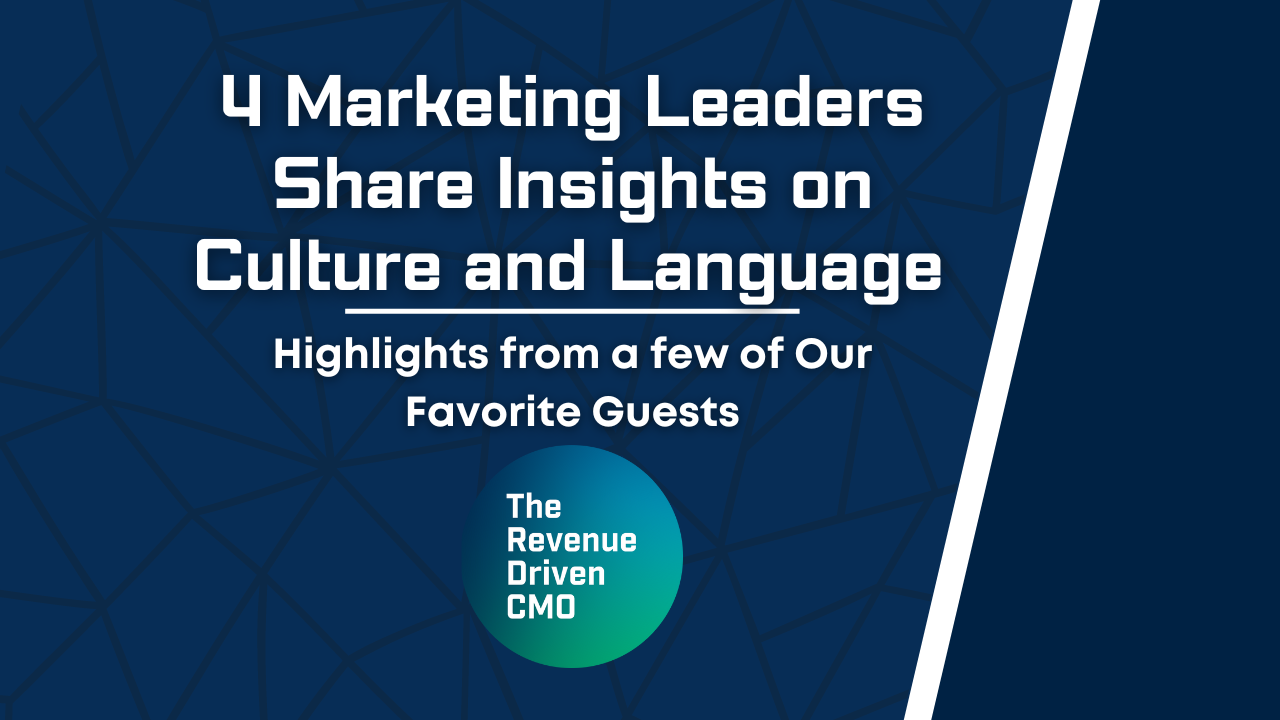
How To Streamline Your Google Ads Account Structure
When looking at Google Ads account structures across clients, we tend to see similar issues — the most prevalent being that they’re way overbuilt!
Having an overbuilt Google Ads account can greatly limit the performance you’re able to drive with your budget. Too many Campaigns, Ad Groups, and Keywords are inefficient because it forces click volume to be spread across too many different elements.
It’s important to take a strategic approach to your Google Ads campaign structure, AdGroup set-up, and keyword targeting so you don’t waste budget competing against yourself.
Google Ads account structure best practices (from someone who lives in-platform)
If you’re looking for an exhaustive list, sorry to disappoint! But, here are three of my favorite and most actionable tips for updating your Google Ads account structure.
If your marketing budget hasn’t increased as competition has increased, your Ads account structure is likely outdated
Over the course of my career I have seen competition dramatically increase in the majority of paid search spaces our clients compete in. I haven’t seen budgets increase at the same rate.
Every time your ad is entered into an auction it is competing against every other advertiser bidding on that keyword. Since competition continues to increase it should be assumed that cost per click will also continue to increase.
This is where structuring your ads account becomes important. Because most advertisers do not have the budget to reach 100% impression on the keywords they are bidding and they are typically spreading the budget very thin between campaigns, ad groups, and keywords. This limits the amount of data paid search managers will be able to use for optimizations and the strategies they can implement.
When I started my career most of our clients were paying $3-$5 per click. Now it is common for most of our B2B lead gen clients to be paying $10-$20 per click. If the marketing budget is not increasing at the same rate as the average cost per click we will have less overall click volume at each level of the Google Ads account. The drop in click volume can lead to poor decision making and extend the amount of time it takes to run a test.
If you’re using Single Keyword AdGroups your Google Ads structure is likely outdated. Aka: New match types = death of SKAGS
Google has made huge changes to the keyword match types and even eliminated a match type — Single Keyword AdGroups (SKAGS). SKAGS were a very popular way to structure a Google Ads Account before Google changed match types.
As you’re likely familiar, the idea of SKAGS was to have each keyword in its own ad group in order to make it easier for marketers to tailor ads and landing pages to that specific keyword, and creating highly relevant ads and landing pages for the specific queries.
Recent updates to match types makes SKAGs an outdated method of account organization. It’s near impossible to do now. Today, Google’s new match types match queries to Ads based more heavily on relevance and meaning.
For example, exact match used to mean that the Ad would only be served if the query was a verbatim exact match for that Ad’s keyword. Today, if you include a keyword as an “exact match” in an AdGroup what you’re really saying is that you want your Ads to be served when someone searches a query with the same meaning as your target keyword.
This has resulted in less effective query funneling. So, if you have similar keywords spread between multiple Ad Groups it is likely that they are showing for the same queries – essentially causing you to bid against yourself in some cases.
Additionally, this also spreads click volume and data thin at each level through the Google Ads account.
Book a 30 minute call
Reserve 30 minutes with a strategist and get 30 hours worth of value.
If you’re not using Smart bidding strategies smartly your Google Ads account is likely outdated
When a Google Ads account is structured well, smart bidding works better than manual bidding when used correctly!
Why?
Smart bidding uses many signals to determine the bid for each auction. Many of the signals that Smart Bidding uses we don’t even have access to when using manual bidding. However — and this is a BIG however — these bid strategies need conversion data in order to work well.
I can not stress this enough. Without conversion data, Smart Bidding strategies are essentially useless because they’re unable to know which users are likely to convert in order to help you hit your goals.
Similar to clicks, when you have a large amount of conversion data spread between campaigns you’re providing less conversion data for Google to use when setting specific objectives with each bid strategy for your campaigns.
Most newsletters suck...
So while we technically have to call this a daily newsletter so people know what it is, it's anything but.
You won't find any 'industry standards' or 'guru best practices' here - only the real stuff that actually moves the needle.






